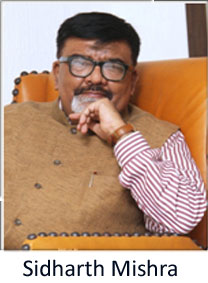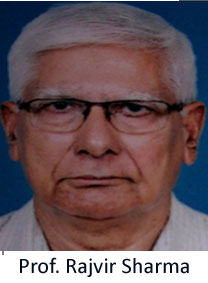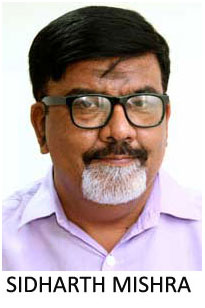It’s lagan (marriage) time in Bihar and one should not wonder that why it’s giving sleepless time to Delhi Chief Minister Arvind Kejriwal ahead of Lok Sabha polling in the national Capital on May 12. During the Vidhan Sabha polls in the spring of 2015, the Aam Aadmi Party (AAP) had fielded around 15 candidates out of 70 from among Purvanchal migrants and most of them had romped home.
He had repeated the formula of empowering ‘Purvanchalis’ during the 2017 municipal polls and had managed to pip the Congress to the 2nd position. If the Purvanchalis are not present in Delhi on May 12 in full strength, bells could toll for the Aam Aadmi Party.
According to estimates, 33.5 percent of the total 1.36 crore voters across the seven Lok Sabha constituency are Purvanchalis. Their presence varies from 24 percent in Chandni Chowk to 41 percent in East Delhi. On the North-East Delhi seat, they constitute 40 percent of the votes, 37 percent in New Delhi, 34 percent in West Delhi, 31 percent in North-West Delhi and 27 percent in South Delhi. Today there isn’t a constituency in Delhi where ‘Chhath’ festival of Bihar is not celebrated.



